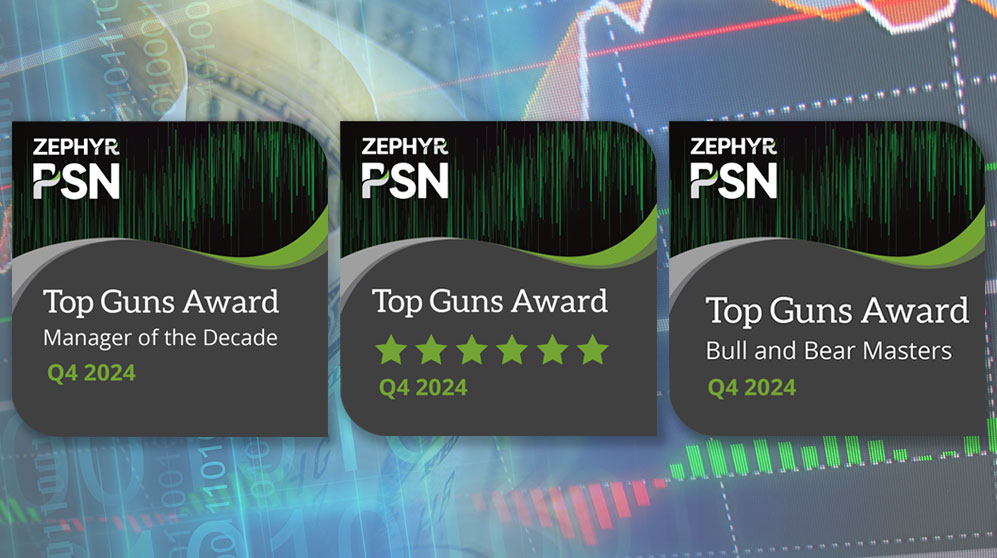Dos and Don’ts in a Bear Market
• 4 min read

Get the Latest Research & Insights
Sign up to receive an email summary of new articles posted to AMG Research & Insights.

QUESTION:
What do I do now?
ANSWER:
If you are like most us, any bear-market ride is emotional and confusing. It’s filled with fear—fear of losing more money, missing out on a big rally or losing financial security. This time around, there are even more unknowns: How long will the deadly and mysterious virus keep us at home? What will be the long-term impact of the forced economic shutdown? Will the unprecedented government financial-relief programs and policies prove effective?
Confused?
Here is a short guide on what to do, what not to do, and what to expect as the pandemic and bear market run their course.
What should I expect?
Volatility for six to nine months. Large swings of up to 20% or more, lasting a day or a few weeks, are normal in a bear market. Historically, a typical pattern is a large sell-off (like investors saw in March) followed by a period of sideways volatility (see late March), then a rally (see last two weeks) and counting, then another sell-off starts the cycle again. The movements are often irrational, but the pattern actually makes sense.
The market is reacting to a very uncertain future. Small bits of news, like a promising but unproven COVID-19 therapy, might greatly increase optimism and the potential for upside. Fear of missing out drives participants to buy. Eventually, bad news happens, and the market reacts to the downside on the fear of staying in too long.
Eventually, the cycle ends when two things happen. There is a capitulation sell-off in which the last of the fearful investors give up and get out. This is followed by some of the fog lifting, which is when an upward path starts to emerge.
Should I get more in?
Not yet. The market is still trying to figure out where the bottom is. There will be a time to buy and overweight stocks. With so many unknowns, it’s too soon. The time to start overweighting equities is when we have a better grasp of the economic shutdown’s long-term consequences. There will be no eureka moments when everything becomes clear. Rather, it will resemble a fog gradually lifting. Consequently, the buying will probably be an averaging in over several months. It might occur before, during, or after the final sell-off/rally has started.
When it happens, you may be emotionally worn out by the volatility, so buying will take some additional courage.
Should I get out?
No. While avoiding the roller coaster is appealing and sounds easy on paper, predicting the pattern in real-time is quite difficult. When the rallies and sell-offs happen, they are usually a surprise. If you sell now and miss an upturn, you lock in losses for good. The bear market is a process of finding new values while it clears up the uncertainty. It sometimes involves cleansing the market of bad investments and strategies (think leveraged hedge funds and collateralized-debt obligations in 2009), and always involves resetting the investment and economic outlook.
Where can I find yield?
You can’t. Everyone is looking for safety, and the Federal Reserve is flooding the economy with money. All the safe yields are close to zero. More importantly, you shouldn’t be worried about yield right now. Cash and quality fixed income are places of safety for spending reserves. Your returns through this period will depend on how well you allocate the other investments. Finding an extra 1% of yield won’t be material.
What else?
Don’t panic. Emotion is the enemy of sound investing. If you had the right strategy in February, don’t worry about missing upside or being too exposed on the downside. As long as you stick to convictions and don’t get out, your portfolio should do well through the cycle. If you catch part of the bottom with your investable cash holdings, you might do very well. Most of all communicate with your advisor so you both are on the same page.
This information is for general information use only. It is not tailored to any specific situation, is not intended to be investment, tax, financial, legal, or other advice and should not be relied on as such. AMG’s opinions are subject to change without notice, and this report may not be updated to reflect changes in opinion. Forecasts, estimates, and certain other information contained herein are based on proprietary research and should not be considered investment advice or a recommendation to buy, sell or hold any particular security, strategy, or investment product.
Get the latest in Research & Insights
Sign up to receive a weekly email summary of new articles posted to AMG Research & Insights.




